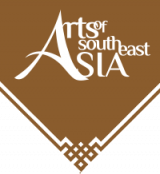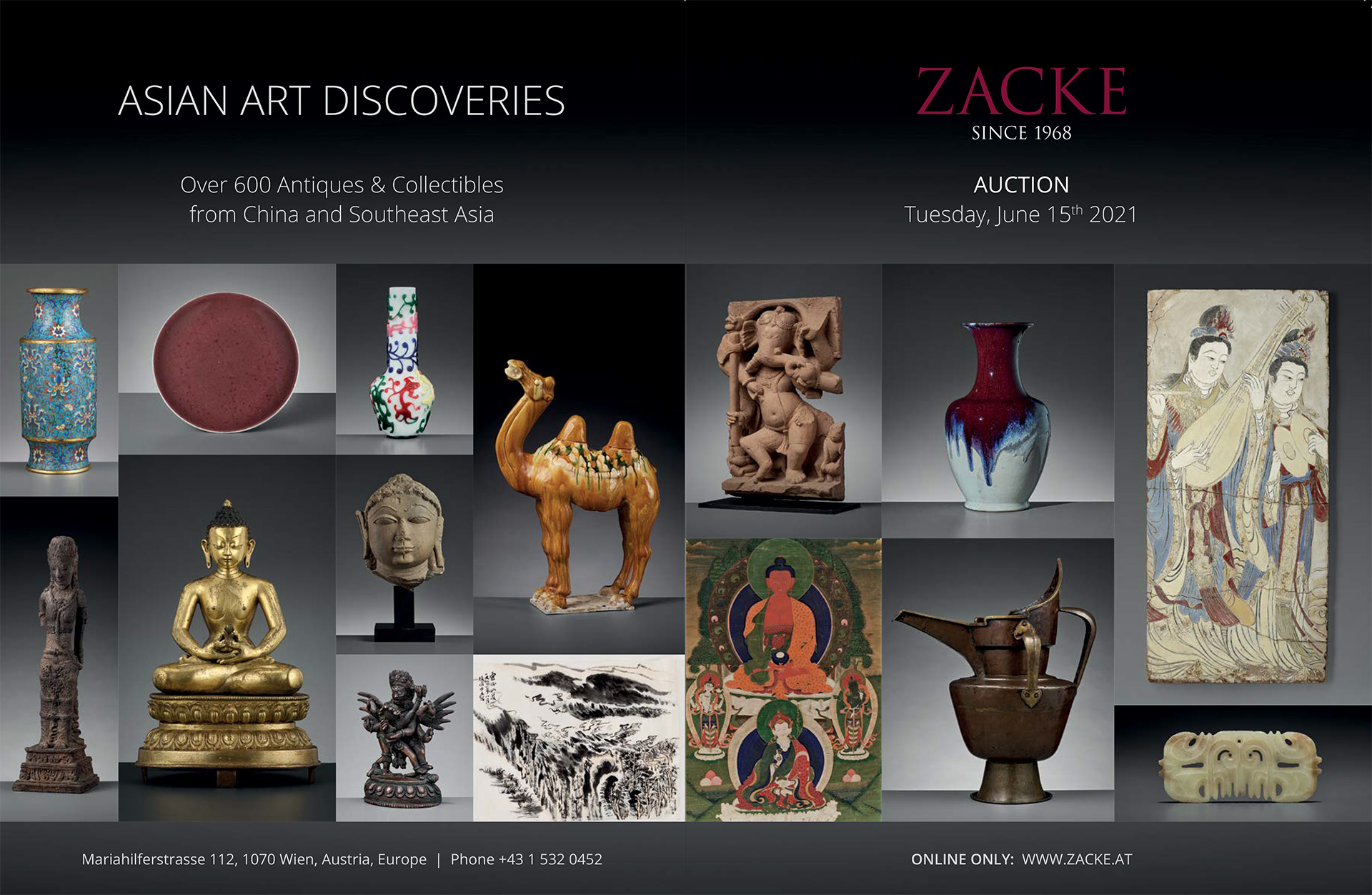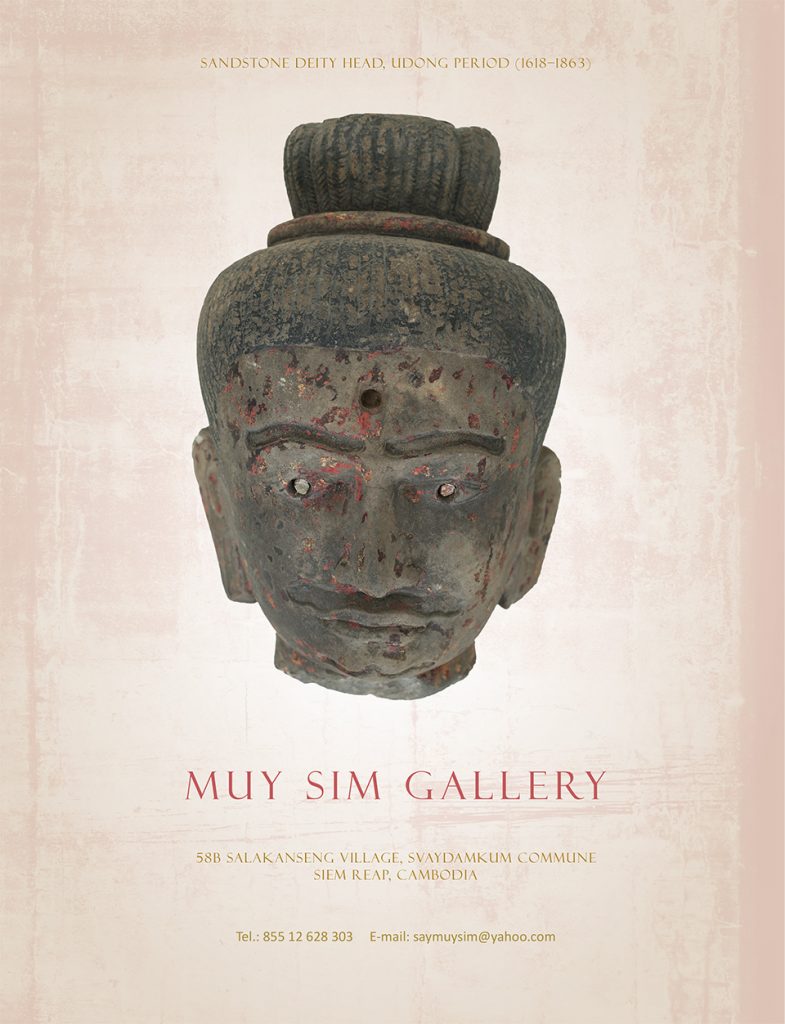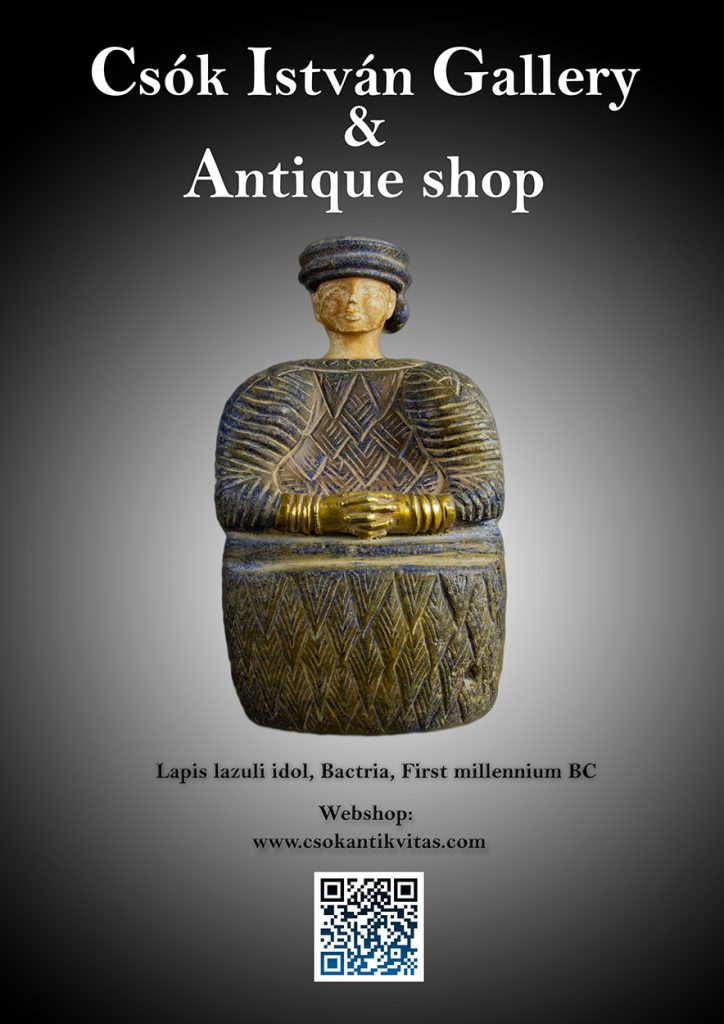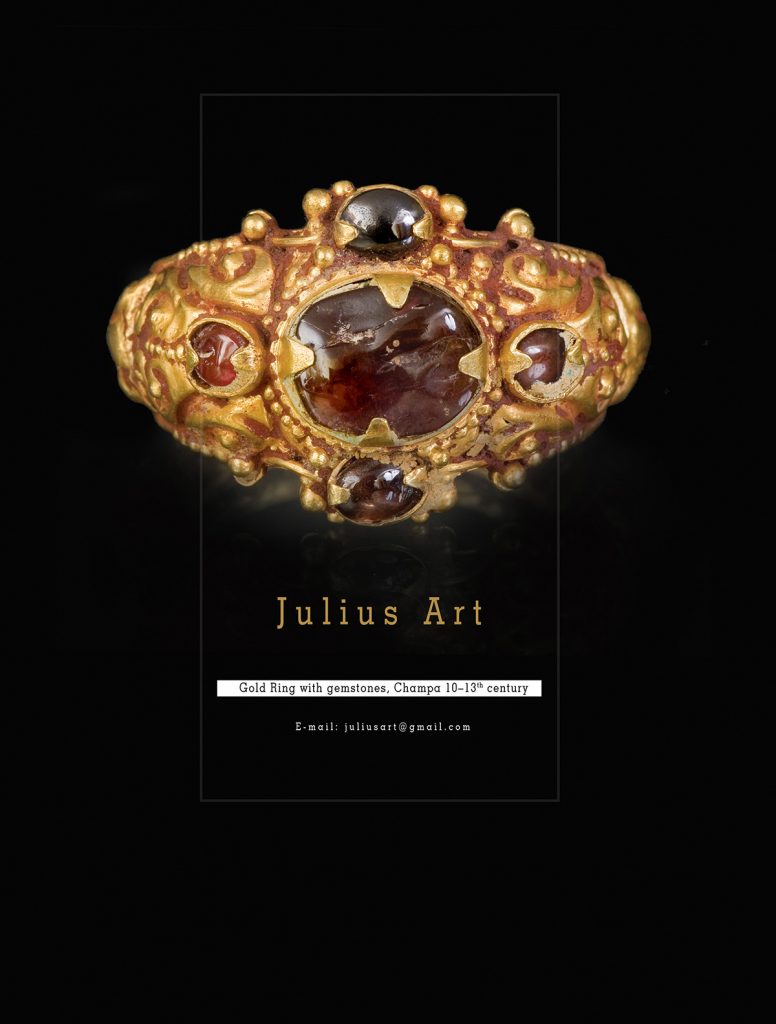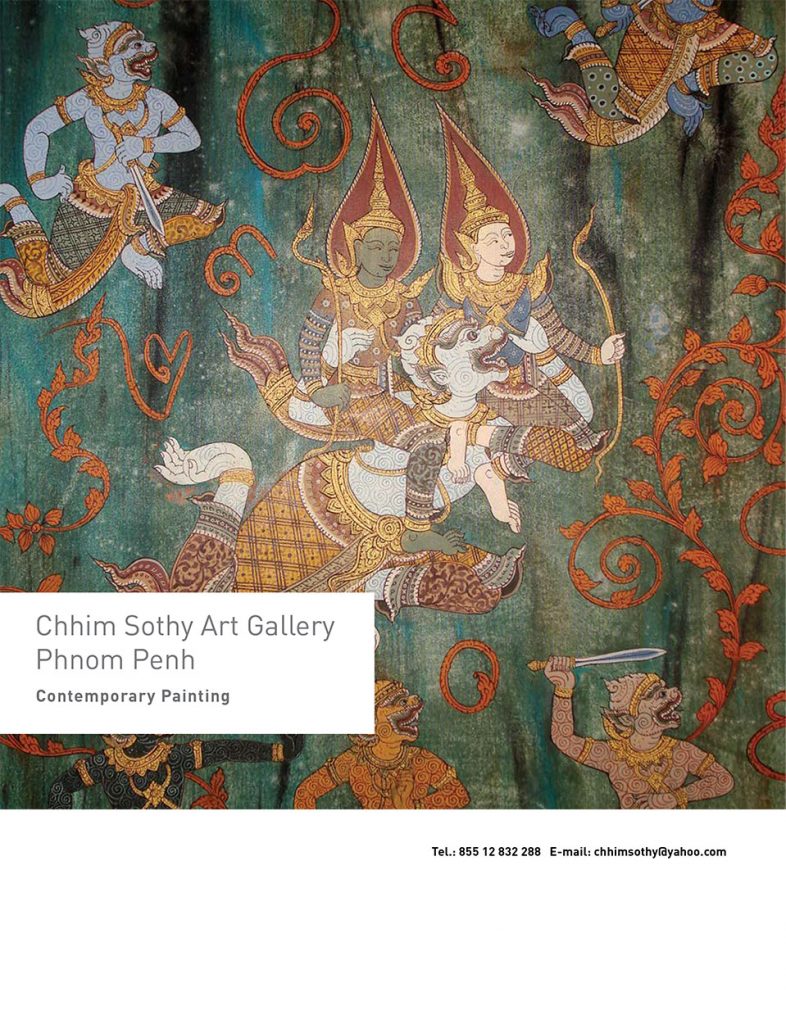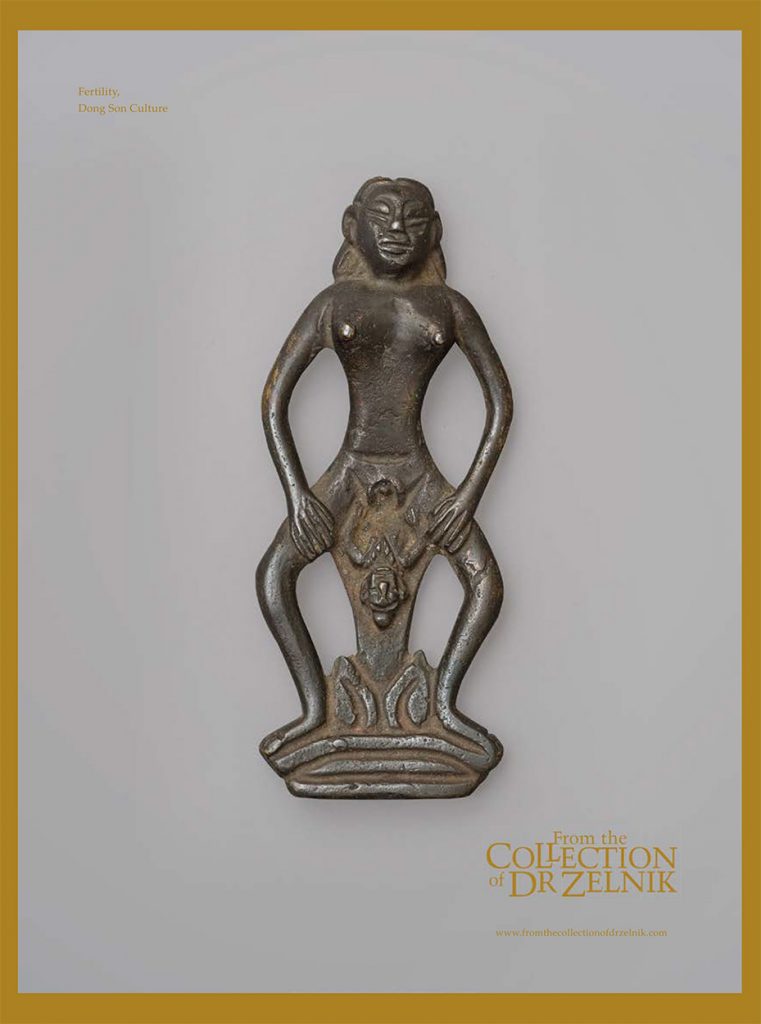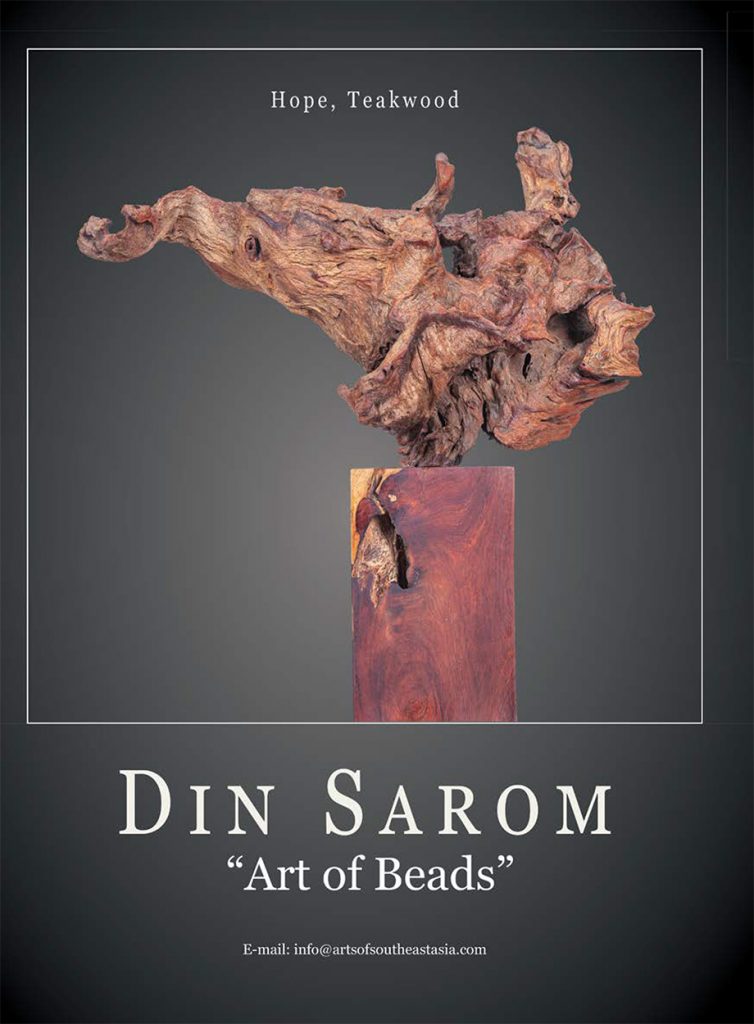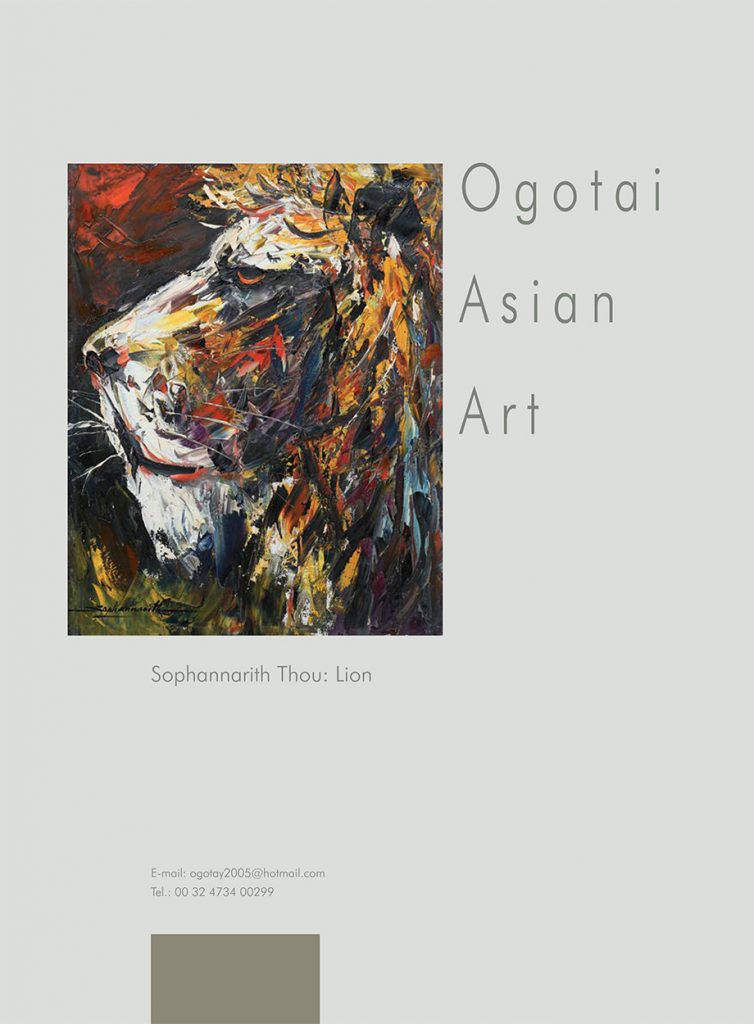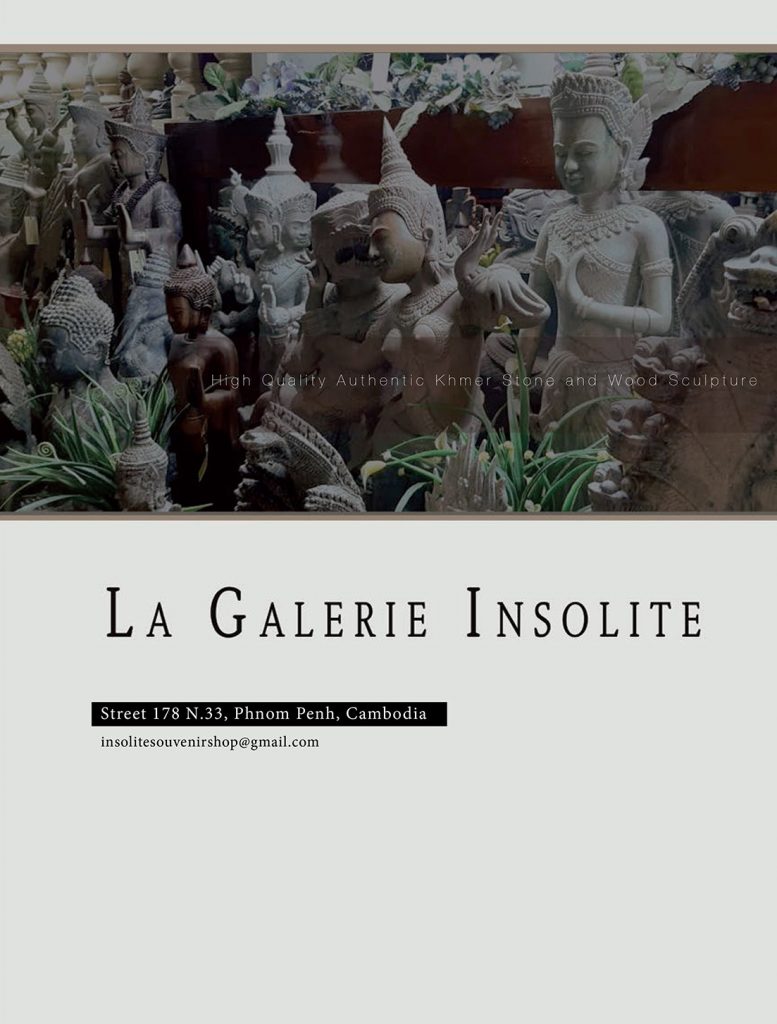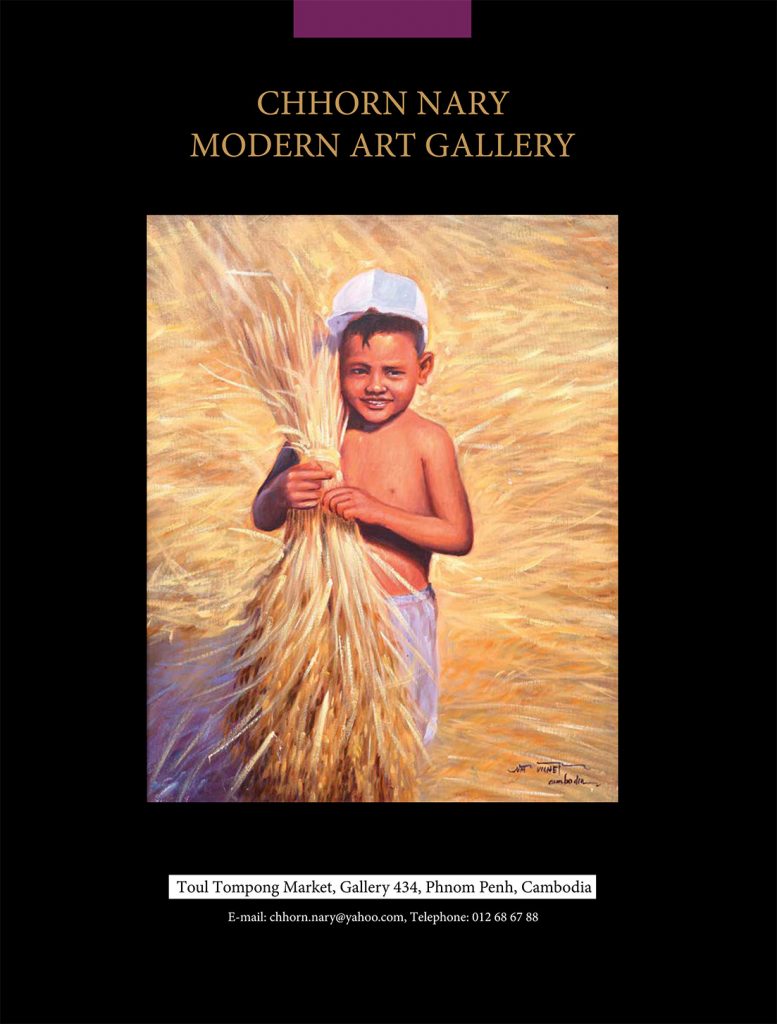The International Magazine of Arts and Antiques of Southeast Asia
Volume 2, Issue 3, May-June 2021
Contents
– the Visual Testimony of Photographer
High Technology in Sevice of Archaeology
Prasat Andong Kuk Prasat Banteay Pir Chan Prasat Chen
and József Vajda
– The Written Heritage of Koh Ker
Károly Belényesy, Gábor Bozsó
Masterpieces in the National Museum of Cambodia
Editorial
Dear Reader,
It is a little known fact that a Hungarian private institution and a Hungarian private investment company— The Hungarian Southeast Asian Research Institute and The Indochina Investment Group—have been financing an archaeological and cultural heritage protection programme, excavations, archaeological, epigraphic, historical and art historical research for almost 15 years now, at Koh Ker, the ’fleeting’ capital of the Khmer Empire in the first half of the tenth century. It lies in the jungle 120 kilometres northeast of Angkor.
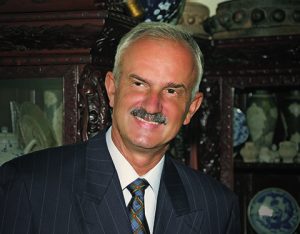
The Hungarian cultural heritage protection presence was established by the Hungarian Royal Angkor Foundation under the leadership of János Jelen, a diplomat-historian-orientalist, who distinguished himself with some serious internationally-acclaimed projects, such as space imagery with NASA, and a conservation-restoration project has also been implemented.
From 2008, a long-term cultural heritage and archaeology program was launched under the auspices of the Hungarian-owned Indochina Investment Group and later the Hungarian Southeast Asian Research Institute, governed by three- and five-year cooperation agreements with Cambodian cultural heritage organizations (Apsara National Authorities and then the National Authorities of Preah Vihear). The last ongoing cooperation agreement was signed in December 2019.
It is important to note that the Hungarian Archaeological Mission, with the involvement of some excellent French, Khmer, Chinese and Thai experts, and with significant Hungarian participation, has been focusing ’only’ on Koh Ker since 2009, where no substantive excavation had taken place before. Until his death, the program was led by the world-famous historian and epigraphist Prof. Dr. Claude Jacques. Koh Ker has been fully mapped over the past decade, and significant progress has been made in historical and art historical research, all the Old Khmer steles ever found at Koh Ker have been scientifically processed, translated, and interpreted, which will be of huge benefit to future historical and linguistic research. Preparations have also begun for the full archaeological excavations of Prasat Krachap, where the largest number of inscribed stele were found.
Ceramic and porcelain artefacts found across around 80 square kilometres at Koh Ker were grouped and processed in several stages, some of them were also examined in a laboratory. The results of all this research have been the subject of numerous scientific publications, annual reports, studies and a major high quality album. A full scientific mapping and description of all the inscribed stone stele found in the area of the nine church ruins has also been published, each in a separate volume. In order to present Koh Ker as an alternative tourist destination, the Koh Ker tourist map, a guide, a video promotion of the most important temples (CD) and a series of postcards were completed with Hungarian planning and publication in the early 2000s.
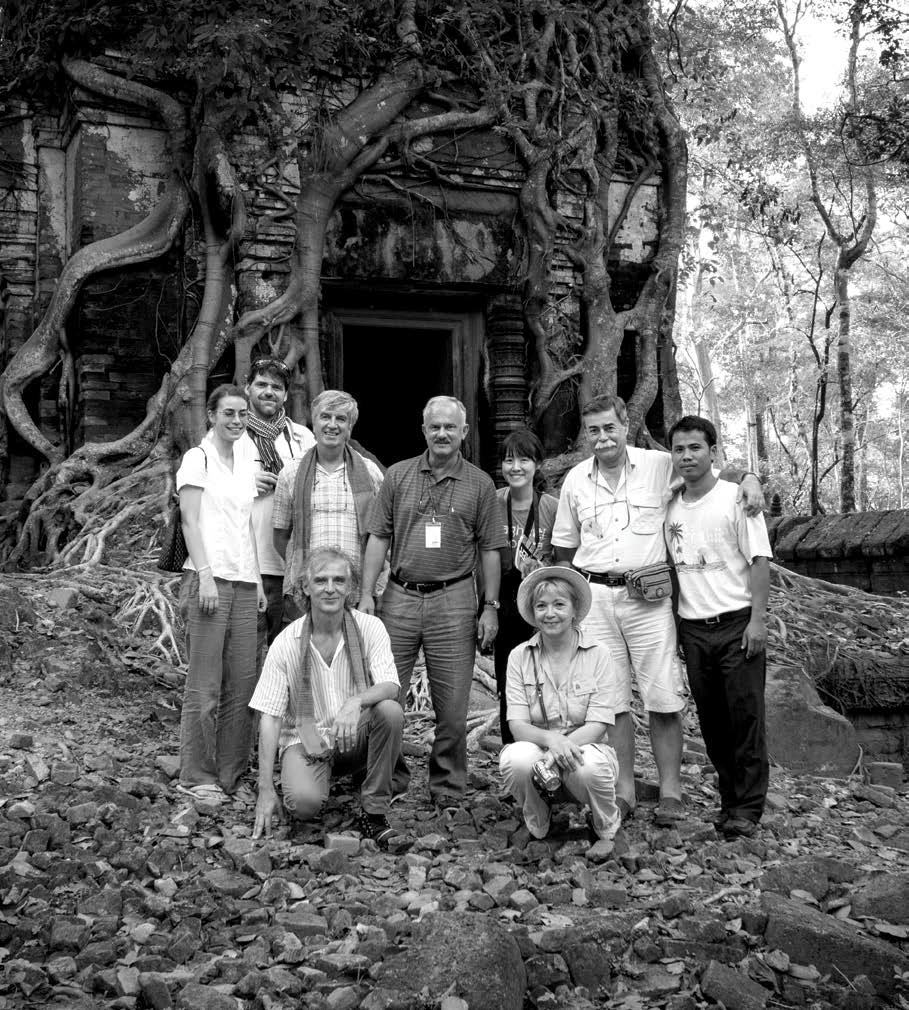
It is important to note that the Hungarian Archaeological Mission, with the involvement of some excellent French, Khmer, Chinese and Thai experts, and with significant Hungarian participation, has been focusing ’only’ on Koh Ker since 2009, where no substantive excavation had taken place before. Until his death, the program was led by the world-famous historian and epigraphist Prof. Dr. Claude Jacques. Koh Ker has been fully mapped over the past decade, and significant progress has been made in historical and art historical research, all the Old Khmer steles ever found at Koh Ker have been scientifically processed, translated, and interpreted, which will be of huge benefit to future historical and linguistic research. Preparations have also begun for the full archaeological excavations of Prasat Krachap, where the largest number of inscribed stele were found.
Ceramic and porcelain artefacts found across around 80 square kilometres at Koh Ker were grouped and processed in several stages, some of them were also examined in a laboratory. The results of all this research have been the subject of numerous scientific publications, annual reports, studies and a major high quality album. A full scientific mapping and description of all the inscribed stone stele found in the area of the nine church ruins has also been published, each in a separate volume. In order to present Koh Ker as an alternative tourist destination, the Koh Ker tourist map, a guide, a video promotion of the most important temples (CD) and a series of postcards were completed with Hungarian planning and publication in the early 2000s.
It is very important to note that all this would not have been achieved without the dedicated work of a team of excellent, international level Hungarian experts, among others: Jelen János, Dr. Károly Belényesy, Dr. Zsuzsa Renner, Prof. Dr. György Karsai, Róbert Kuszinger, Dóra Egyházi, Ágnes Vajda, László Vajda, Sipos György, Orsolya Tóth, Gábor Bozsó, Gergely Barcza, József Fidlóczky, Ilona Györfy, Prof. Dr. József Laszlovszky, András Martoni, Balázs Irimias, Miklós Sulyok and they are therefore worthy of our gratitude and respect. Sincere thanks also goes to the delegate specialists who took part in the programme, in particular the Cambodian archaeologists. Dr. E. Darith, Phin Samnang, Pheng Sameoun, and Prof. Dr. Claud Jacques from France, Evans Damian from Australia.
An essential condition for the implementation of this programme was that its costs were met by the private research institute and investment company of Dr. István Zelnik.
I believe that these 15 years of excellent research and archaeological excavations have made important contribution to achieving a better understanding of this little-explored period of Khmer history, and a significant expansion of knowledge of Khmer art history and epigraphy. I hope you will enjoy this archaeological excursion brought to you by the Hungarians!
Dr. István Zelnik
President of the Editorial Board
New Directions in the Research
of Historical Networks of Khmer Settlements
by Károly Belényesy
The inventory, processing, restoration and preservation of Khmer cultural heritage is the result of major international cooperation. The fact that millions of tourists visit the fascinating buildings of the Angkor region every year is an accolade for the systematic work of many local and foreign researchers and research teams, and it is a particular source of pleasure that Hungarians have been increasingly able to get involved and follow in the footsteps of French, Japanese, Australian, Chinese and Indian experts, and what’s more, have laid new milestones in the research of the tenth-century capital.
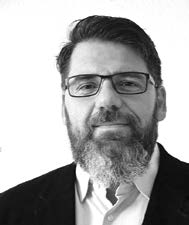
Ground, Air, Space:
Images of Ancient Khmer Landscape
High Technology in Service of Archaeology
by Róbert Kuszinger
If you want to take a picture of the real world, there are a number of ways to go about it. Very many sources and media are available, and it has become really simple to publish pictures. Works of art themselves or reproductions of them, or perhaps simple photographs, can bring them to you—albeit not in their full reality. Artworks from ancient times become increasingly rare as you go back in time, and they are viewed as curiosities from a thousand year’s distance.
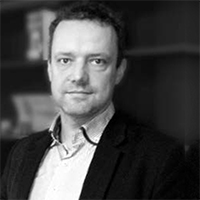
Editorial Board
Index of Advertisers – ARTS of SOUTHEAST ASIA:
Volume 2. Issue 3. Hungarian Archaeological and Cultural Heritage Mission in Cambodia
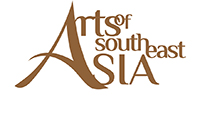
The Unique International Magazine ofArts and Antiques of Southeast Asia
ORDER FORM
Please accept my order of 1 copy for 20.– EUR each of the Special Edition of Arts of Southeast Asia
Note: for airmail delivery to Europe add 12. – EUR,
for delivery to America, Asia and Australia, please add 14. – EUR
Payment only by bank wire to the account of:
ARTS of SOUTHEAST ASIA
KBC Bank SA Avenue du Port 2, 1080 Bruxelles, Belgium
IBAN: BE 12 7360 6155 9092
BIC/SWIFT: KREDBEBB
